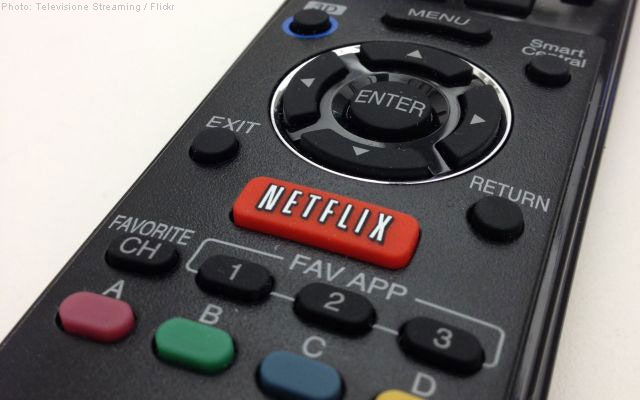Subscribers recently revolted against Netflix, Inc. (NASDAQ:NFLX) when the video streaming giant had a large-scale crackdown on Virtual Private Networks (VPNs) and those who use such services for privacy reasons. While users caught with VPNs can no longer access Netflix’s U.S., UK, and Canadian show catalogs from abroad, the company’s efforts against VPNs are most probably destined to fail. That said however, the battle between Netflix, subscribers, and VPN providers rages on without viable alternatives in sight as affected members continue to be forced, at least for the time being, to use their own region’s limited offerings of movies and TV shows.
It should be noted that despite a U.S. price hike and the recent VPN crackdown, which as a policy it’s clearly not a fair one to paying members, Netflix net additions continue to increase. According to the company’s latest quarter, in the U.S. alone Netflix gained 370,000 subscribers. The figure though is quite low compared to the 880,000 domestic subscribers of the same quarter last year. On the other hand, there is no denying that the recent efforts against VPNs have had a global effect on Netflix’s subscriber base. The need for VPN usage from Netflix subs stems from the region-based contracts that the company purchases in order to be able to legally air movies and shows. Netflix paying members however, find the selection lacking.
In a recent analysis carried out by Streaming Observer, only 12% among the Top 250 list of movies in the Internet Movie Database [IMDB] were in the U.S. Netflix library. The United Kingdom had the worst, carrying only 28 movies out of the Top 250 list, the U.S. came in second followed by Canada not far behind with 19.6%, and Brazil, which impressively had 85 out of 250, or 34% of IMDB’s top movies.
Copyright and digital piracy battles are strenuous and extensive. According to copyright laws, during the 18th century, film creators were given exclusive rights for up to 14 years, with the option to renew every 14 years. The idea of the copyright was to protect the rights of a living creator. But recently, the rights have been extended for longer periods. Films released before 1923 no longer have copyright restrictions. The fact is, licensing doesn’t come cheap. Which is why Netflix is currently focusing on producing original content and aggressively pursuing content deals for worldwide syndication. In fact the company could spend as much as $6 billion in 2016 alone on original programming.
Speaking of unique content, just this October, Netflix signed a deal with iPic Entertainment, a luxury theater chain, to feature some of its movies to showcase in the big screen rather than on TV. The contract includes 10 Netflix Originals such as “The Siege of Jadotville,” “First They Killed My Father: A Daughter of Cambodia Remembers,” “Mascots,” “The Little Prince,” “Bright,” “War Machine,” and many more. iPic Entertainment has 15 U.S. locations which might help Netflix realize its dream of winning an Oscar.
Netflix is clearly aiming to offer more original than copyrighted content. While the goal is admirable, it seems ambitious considering the rapid decline of movie and TV show library the past few years. While everything on Netflix, including the original content, can be accessed elsewhere, subscribers are still willing to pay every month. Meaning, this online streaming giant must be doing something right in terms of service and convenience.
Disclaimer: This page contains affiliate links. If you choose to make a purchase after clicking a link, we may receive a commission at no additional cost to you. Thank you for your support!



Leave a Reply